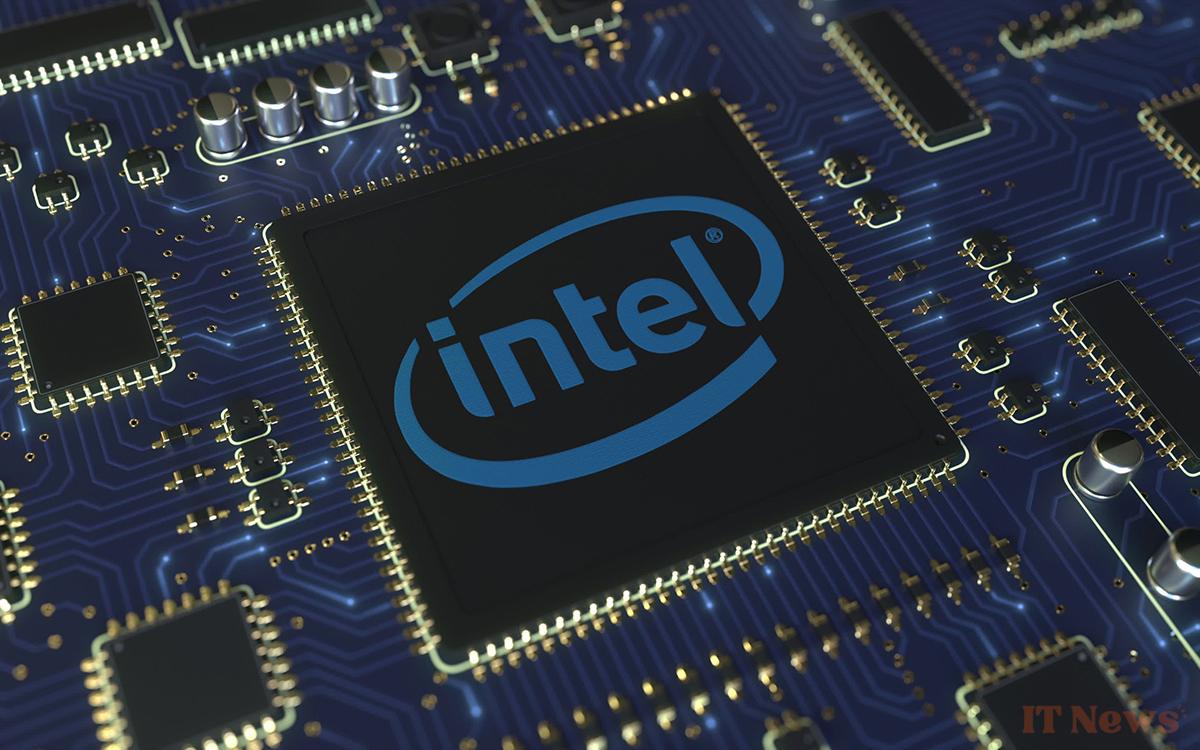Windows 11 (or older versions of the OS as well) communicates two clock frequencies for the PC's CPU in certain situations, but why and what is the difference?
You no longer need a third-party utility to find out the hardware configuration of your PC. Windows has been offering most of your machine's specifications for some time now in the System Information menu of Settings. You may have noticed that on the line giving information about your processor, the clock frequency is listed twice. In some cases, it is the same, in others, the two displayed values may vary slightly.
Why this difference? In a blog post, veteran Windows developer Raymond Chen explains why Microsoft's operating system highlights two distinct CPU speeds.
One official CPU frequency, the other calculated by Windows
“The processor brand string comes from the untrusted CPUID function codes 0x80000002 to 0x80000004, which return an arbitrary string of 47 characters (48 in total, 47 useful and the last one must be zero, editor's note) intended to be used for processor brand identification,” Raymond Chen explains. “Some processor manufacturers include a processor speed in this string, which is why you see “@3.60 GHz” appended to the processor identifier,” he adds.
If you only see a clock frequency next to your CPU model, then your device manufacturer didn’t see fit to include it. We found that the mention is missing on an HP laptop with an Intel processor, but present on an Asus laptop, also with an Intel processor. It’s also possible that the CPU speed is displayed twice, but is the same. In our screenshot, for example, we can see 3.30 GHz twice.
But the second value can also differ. “Windows itself makes a rough calculation of the processor speed and displays it after the processor brand string,” says the software engineer. If the second clock frequency displayed is higher than the first, it often means that your processor is overclocked for better performance. There you have it, mystery solved!





0 Comments